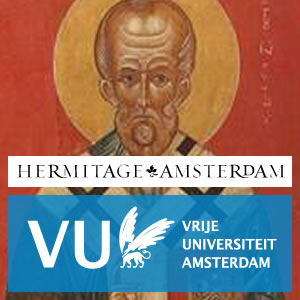Images and Icons within Russian Orthodox
Description
One of the features of Russian Orthodoxy that most strikes Westerners when
they encounter Orthodoxy is the prominence of icons, or sacred images. The
Russians inherited from Byzantine Orthodoxy a sense of the importance of
images in worship, both public and private, that had been enhanced by the 3
iconoclast controversy of the eighth to ninth centuries, and the final defeat of
iconoclasm. This controversy, far more important in Byzantium than in the
West, made icons a required aspect of Orthodox practice. It also involved the
acceptance of an understanding of the place of religious images as ways of
disclosing invisible realities, but also a way in which the material found an
important place in religious practice, and indeed came to be held to be
entailed by God’s assumption of humanity in the Incarnation. Because of the
‘linguistic filter’, all of this became hugely important within the world of Slav
Orthodoxy. Orthodox devotion revolved around icons, and, as in Byzantium,
they played a role in the defence of the Orthodox nations against attack.
Legends traced icons back to the time of Christ; the Vladimir icon of the
Mother of God being claimed as the work of St Luke the Evangelist (a claim
Byzantine had made for the Hodigitria icon of the Mother of God). Particular
icons—especially of the Mother of God—were associated with different places
and had their own cult. Icons also provided a way of linking the public
worship of the Church with the private devotions of Orthodox Christians:
homes came to have a small domestic shrine, the ‘beautiful corner’, krasny
ugol.
More Episodes
This lecture consists of an overview of Orthodox monasticism. The following
subjects are treated:
- Judaism: Essenes
- Celibacy in the Gospels and the Early Church
- The Egyptian Desert, Palestine and Syria
- Mount Athos
- Monasticism in the Slavic world
- St Seraphim of Sarov
- The elders of...
Published 06/18/11
One of the features of Russian Orthodox Christianity has been the
prominence of monasteries. Soon after the conversion of Russia there was
founded the monastery of the Caves in Kiev; later on, there was established
by St Sergei of Radonezh the famous monastery of the Trinity (now called...
Published 06/18/11
This lecture presents a survey of the history of Russian polyphonic choral
music, from the earliest experiments at two-and three-part writing in the 17th
century to the work of contemporary composers such as Dimitriev and Genin,
and including the repertories influence variously by...
Published 06/15/11


